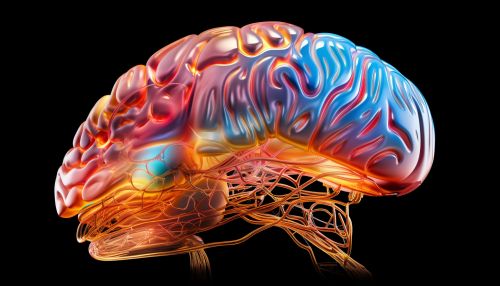Cognitive Biases
Introduction
Cognitive biases are systematic patterns of deviation from norm or rationality in judgment, whereby inferences about other people and situations may be drawn in an illogical fashion. Individuals create their own "subjective social reality" from their perception of the input. Cognitive biases may lead to perceptual distortion, inaccurate judgment, illogical interpretation, or what is broadly called irrationality.


Types of Cognitive Biases
Cognitive biases are often a result of the brain's attempt to simplify information processing. They are rules of thumb that help us make sense of the world and reach decisions with relative speed. Some of these biases are related to memory. The biases can be categorized into several types.
Attentional Biases
Attentional biases involve the tendency of our perception to be affected by our recurring thoughts. For example, people who frequently think about the clothes they wear pay more attention to the attire of others.
Confirmation Biases
Confirmation bias is the tendency to search for, interpret, favor, and recall information in a way that confirms one's preexisting beliefs or hypotheses, while giving disproportionately less consideration to alternative possibilities.
Hindsight Biases
Hindsight bias is a false memory of having predicted events, or an exaggeration of actual predictions, after becoming aware of the outcome.
Self-serving Biases
Self-serving bias is the tendency to claim more responsibility for successes than failures. It may also manifest itself as a tendency for people to evaluate ambiguous information in a way beneficial to their interests.
Causes of Cognitive Biases
Cognitive biases are influenced by a variety of factors, including heuristics, information processing approach, and emotional and moral motivations.
Heuristics
Heuristics are simple, efficient rules, learned or hard-coded by evolutionary processes, that have been proposed to explain how people make decisions, come to judgments, and solve problems, typically when facing complex problems or incomplete information.
Information Processing
Cognitive biases can also result from the human tendency to process information in particular ways, such as through the availability heuristic, which makes us estimate the likelihood of an event based on how easily examples of it come to mind.
Emotional and Moral Motivations
Emotional and moral motivations also influence cognitive biases. For instance, the desirability bias is the tendency to overestimate the likelihood of desirable events and underestimate the likelihood of undesirable events.
Impact of Cognitive Biases
Cognitive biases can significantly impact decision making and behavior. They can lead to perceptual distortion, inaccurate judgment, or illogical interpretation. These biases can have serious implications in areas such as law, clinical medicine, education, and corporate strategy.
Law
In law, cognitive biases can affect the decision-making process of judges, lawyers, and jurors. For instance, the anchoring bias can cause a judge to be overly influenced by initial evidence or arguments.
Clinical Medicine
In clinical medicine, cognitive biases can lead to diagnostic errors. For example, the confirmation bias can cause a doctor to selectively look for evidence that confirms a preliminary diagnosis and overlook contradictory evidence.
Education
In education, cognitive biases can affect both learning and teaching. For instance, the Dunning-Kruger effect can lead students with low ability at a task to overestimate their ability.
Corporate Strategy
In corporate strategy, cognitive biases can lead to strategic errors. For instance, the overconfidence bias can cause a company to underestimate potential challenges and overestimate its capabilities.
Mitigating Cognitive Biases
While cognitive biases are pervasive and difficult to eliminate entirely, various strategies can be employed to mitigate their effects. These include awareness, decision-making processes, and training and education.
Awareness
The first step in mitigating cognitive biases is awareness. By understanding the nature and impact of cognitive biases, individuals and organizations can be better equipped to identify and counteract them.
Decision-Making Processes
Implementing structured decision-making processes can also help mitigate cognitive biases. These processes can include techniques such as considering the opposite, seeking feedback, and using decision-making frameworks.
Training and Education
Training and education can also play a critical role in mitigating cognitive biases. By providing individuals with the knowledge and tools to recognize and counteract cognitive biases, they can make more rational and effective decisions.
